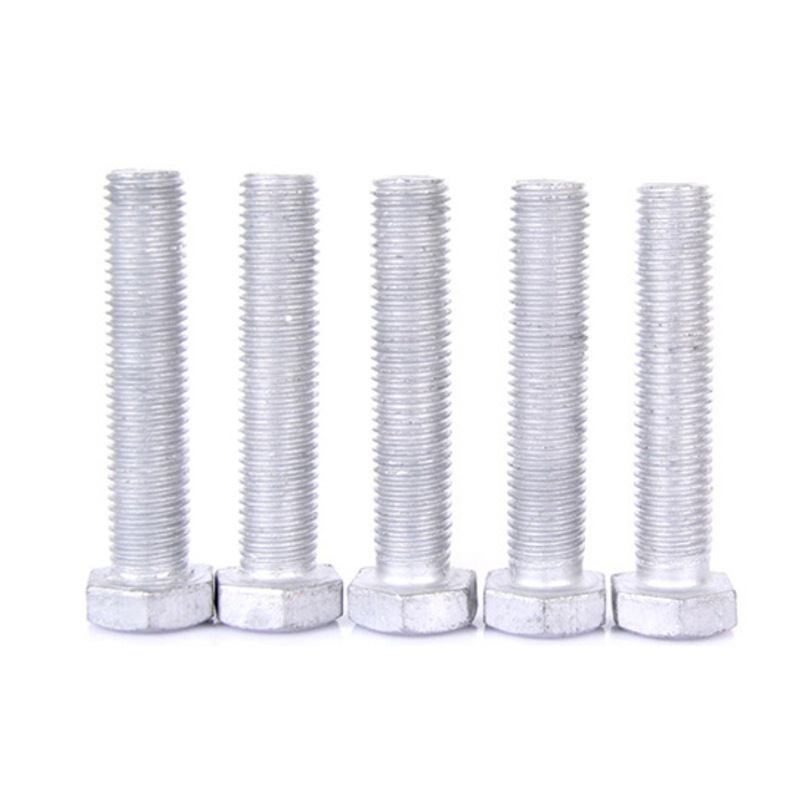

types of flange nuts
Dec . 17, 2024 03:24 Back to list
types of flange nuts
Understanding the Different Types of Flange Nuts
Flange nuts are a pivotal component in various mechanical assemblies, commonly used in applications where a secure connection is essential. These nuts have a wide circular flange at one end, which acts as an integrated washer, distributing the load over a larger area compared to standard nuts. This feature not only helps reduce the risk of damage to the connected parts but also enhances the overall stability of the assembly. In this article, we will explore the different types of flange nuts, their unique characteristics, and their applications.
1. Standard Flange Nuts
Standard flange nuts are designed with a flat, circular flange that provides a larger bearing surface compared to traditional nuts. This design minimizes the chances of damage to the surface being fastened. They are commonly made from materials like steel, stainless steel, or brass and are used in applications where the load distribution is crucial. These nuts are versatile and can be used in various situations, including automotive and machinery applications.
2. Serrated Flange Nuts
One of the most common types of flange nuts is the serrated flange nut. This nut features a series of serrations on the underside of the flange, which helps grip the surface it is fastened to firmly. The serrations create a locking effect that prevents the nut from loosening due to vibrations or dynamic loads. Serrated flange nuts are particularly useful in heavy machinery and automotive applications where vibration is prevalent.
3. Nylock Flange Nuts
Nylock flange nuts, also known as nylon-insert flange nuts, combine the features of a flange nut with a locking mechanism. They have a nylon insert that creates friction against the threads of the bolt, preventing the nut from loosening. This design is especially useful in applications where vibrations are a concern, and a reliable fastening solution is necessary. The flange helps to distribute the load while the nylon insert ensures that the nut remains securely in place.
4. Bidirectional Flange Nuts
types of flange nuts

Bidirectional flange nuts are designed to be installed in two directions, making them ideal for applications with space constraints. These nuts have an asymmetric design that allows them to be tightened from either side, which is beneficial in tight spaces where conventional nuts could be challenging to work with. Their versatility and ease of use make bidirectional flange nuts popular in automotive and aerospace applications.
5. Flanged Hex Nuts
Flanged hex nuts are a hybrid design that incorporates the benefits of a hex nut and a flange. They feature a hexagonal shape for easy wrenching, along with a circular flange beneath the nut. This design provides the best of both worlds the strength and ease of a standard hex nut, combined with the load distribution capabilities of a flange. Flanged hex nuts are commonly used in construction and heavy machinery where both functionality and stability are required.
6. Locking Flange Nuts
Locking flange nuts incorporate various locking mechanisms to ensure they do not loosen over time. In addition to serrated edges or nylon inserts, some locking flange nuts may utilize a combination of both or other mechanisms to increase holding power. These nuts are essential in applications where safety is critical, such as in the construction and automotive industries.
Conclusion
Flange nuts play a vital role in ensuring secure connections in various mechanical assemblies. With their unique designs and features tailored to specific applications, they provide enhanced stability and load distribution compared to standard nuts. Whether you choose standard, serrated, Nylock, bidirectional, flanged hex, or locking flange nuts, understanding the differences between these types will help you make an informed decision based on your specific needs.
In summary, the selection of the appropriate flange nut can significantly impact the performance and longevity of the mechanical assembly. By recognizing the unique characteristics and applications of each type, engineers and manufacturers can better address the challenges posed by vibrations, load stress, and environmental factors, ultimately leading to more reliable and efficient machinery. Whether you're an engineer, a technician, or a DIY enthusiast, having a good grasp of flange nuts will help ensure that you achieve the best possible results in your projects.
Latest news
-
Hot Dip Galvanized Bolts-Hebei Longze|Corrosion Resistance&High Strength
NewsJul.30,2025
-
High-Strength Hot-Dip Galvanized Bolts-Hebei Longze|Corrosion Resistance&High Strength
NewsJul.30,2025
-
Hot Dip Galvanized Bolts-Hebei Longze|Corrosion Resistance&High Strength
NewsJul.30,2025
-
Hot Dip Galvanized Bolts - Hebei Longze | Corrosion Resistance, High Strength
NewsJul.30,2025
-
High-Strength Hot Dip Galvanized Bolts-Hebei Longze|Corrosion Resistance, Grade 8.8
NewsJul.30,2025
-
Hot Dip Galvanized Bolts-Hebei Longze|Corrosion Resistance,High Strength
NewsJul.29,2025

